JerryLove
No longer a newbie, moving up!
- Joined
- Jan 1, 2014
- Messages
- 413
- Reaction score
- 50
- Location
- Tampa
- Can others edit my Photos
- Photos OK to edit
So, to be clear: you would shoot at ISO 50 (with higher noise) rather than ISO 100 (with less noise) because it's "a lower ISO"?Gees, some people in forums get so side tracked and carried away
The question being .... Is the goal to have the lowest ISO possible.
For me personally, yes it is.
I suspect that the goal for most of us is to have the best picture possible. In the case of ISO we are trying to get the best exposure simultaneously with the lowest noise. That means I want ISO 100 with perfect exposure. It means I'd rather go to ISO 200 than ISO 50. It means I'd rather get 200 with perfect exposure than 100 with imperfect.
Would you give up needed DoF? What about allow motion blur to kill your focus?For BIF's I shoot at ISO 200-400, on a perched bird I shoot at ISO 100-200, exactly the same as motor sports, fast action and stationary. The lenses are all used wide open only and the shutter speed is as fast as possible, but the ISO is as low as I can get. Others will have different subjects and needs, so we are all different, but I prefer a very low ISO for the subjects I take.
Since you brought the rest of the triangle into play: I would say that , like the rest of us, you are balancing to get your true goal: the best shot.


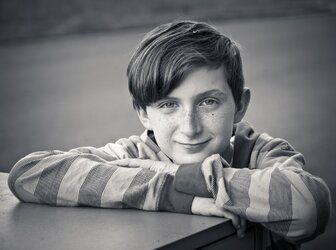
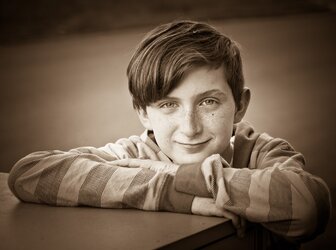
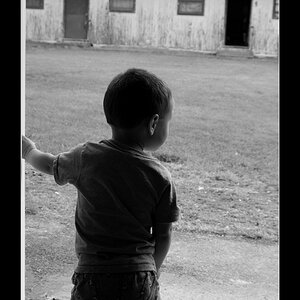
![[No title]](/data/xfmg/thumbnail/32/32631-60d0db057ee085953a0921e337396654.jpg?1619735552)
![[No title]](/data/xfmg/thumbnail/40/40290-c6963a3e1b72b7543d1633356ec3fc9c.jpg?1619739409)
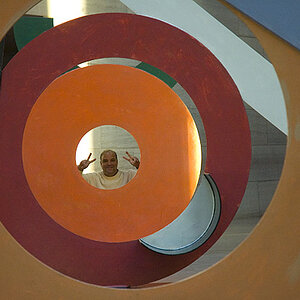
![[No title]](/data/xfmg/thumbnail/34/34694-c8f837b622c45caaa51c5507b8835376.jpg?1619736605)
![[No title]](/data/xfmg/thumbnail/32/32630-d78de94d84be2acf57d5e0923482b4da.jpg?1619735552)
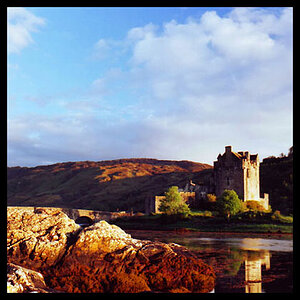
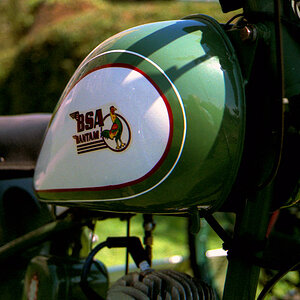
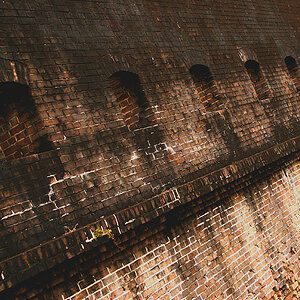
![[No title]](/data/xfmg/thumbnail/32/32805-61ca9a4fb87d37c0ef4f991ac1705e1f.jpg?1619735667)
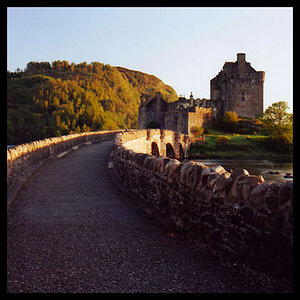
![[No title]](/data/xfmg/thumbnail/35/35931-5e10675f3f7d827bc7ae4689f16bda8a.jpg?1619737234)